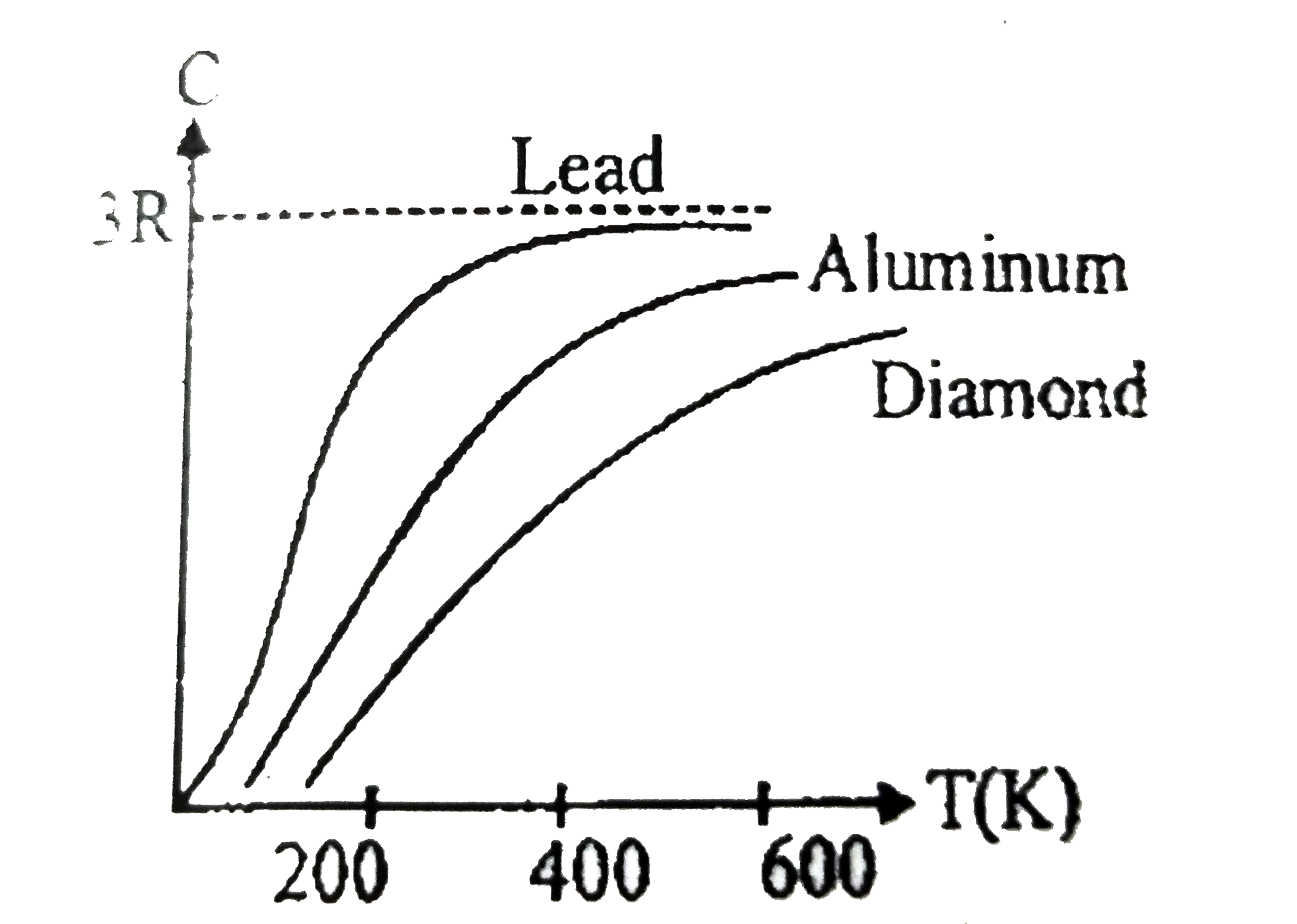Selec the CORRECT statement.
If x=√3+1√3−1+√3−1√3+1+√3−2√3+2, then the value of x2+(39x)2 is 110.
Every integer is a whole number
Between two rational numbers there exists infinite number of integers.
None of these
The correct Answer is:D
To solve the question of selecting the correct statement, we will analyze each option step by step.
Step 1: Analyze Option 1
The first option states a mathematical expression involving square roots and rationalization.
1. Expression:
√3+1√3−1+√3−1√3+1+√3−2√3+2
2. Rationalize the first term:
(√3+1)(√3+1)(√3−1)(√3+1)=(√3+1)23−1=3+2√3+12=4+2√32=2+√3
3. Rationalize the second term:
(√3−1)(√3−1)(√3+1)(√3−1)=(√3−1)22=3−2√3+12=4−2√32=2−√3
4. Rationalize the third term:
(√3−2)(√3−2)(√3+2)(√3−2)=(√3−2)23−4=−(√3−2)2=−(√32−4√3+4)=−(−1+4√3−4)=4−4√3
5. Combine all terms:
(2+√3)+(2−√3)+(4−4√3)=4+4−4√3=8−4√3
This does not equal 39x as stated. Therefore, Option 1 is incorrect.
Step 2: Analyze Option 2
The second option states that "Every integer is a whole number."
- Definition: Whole numbers include 0 and all positive integers (1, 2, 3,...). Integers include negative numbers as well (-1, -2, -3,...).
- Conclusion: Since integers can be negative, not every integer is a whole number. Thus, Option 2 is incorrect.
Step 3: Analyze Option 3
The third option states that "Between two rational numbers, there exists an infinite number of integers."
- Example: Consider two rational numbers, say 1 and 2. The integers between them are just 1 and 2, which are finite.
- Conclusion: Therefore, there cannot be an infinite number of integers between two rational numbers. Hence, Option 3 is incorrect.
Step 4: Analyze Option 4
The fourth option states "None of these are correct."
- Since all previous options (1, 2, and 3) have been shown to be incorrect, Option 4 must be correct.
Final Conclusion
The correct statement is Option 4: None of these are correct.
---
The first option states a mathematical expression involving square roots and rationalization.
√3+1√3−1+√3−1√3+1+√3−2√3+2
2. Rationalize the first term:
(√3+1)(√3+1)(√3−1)(√3+1)=(√3+1)23−1=3+2√3+12=4+2√32=2+√3
(√3−1)(√3−1)(√3+1)(√3−1)=(√3−1)22=3−2√3+12=4−2√32=2−√3
(√3−2)(√3−2)(√3+2)(√3−2)=(√3−2)23−4=−(√3−2)2=−(√32−4√3+4)=−(−1+4√3−4)=4−4√3
(2+√3)+(2−√3)+(4−4√3)=4+4−4√3=8−4√3
The second option states that "Every integer is a whole number."
- Conclusion: Since integers can be negative, not every integer is a whole number. Thus, Option 2 is incorrect.
The third option states that "Between two rational numbers, there exists an infinite number of integers."
- Conclusion: Therefore, there cannot be an infinite number of integers between two rational numbers. Hence, Option 3 is incorrect.
The fourth option states "None of these are correct."
The correct statement is Option 4: None of these are correct.
Topper's Solved these Questions
- POLYNOMIALSBOOK - SCIENCE OLYMPIAD FOUNDATION CHAPTER - POLYNOMIALSEXERCISE - EVERYDAY MATHEMATICS
1 Videos
- NUMBER SYSTEMSBOOK - SCIENCE OLYMPIAD FOUNDATION CHAPTER - NUMBER SYSTEMSEXERCISE - ACHIEVERS SECTION (HOTS)
3 Videos
- PROBABILITYBOOK - SCIENCE OLYMPIAD FOUNDATION CHAPTER - PROBABILITYEXERCISE - ACHIEVERS SECTION (HOTS)
3 Videos
Similar Questions
Knowledge Check
Selec the wrong statement :
AMosaic disease in tobacco and AIDS in human being are caused by viruses.BThe viroids were discovered by D.J. Ivanowski.CW.M. Stanley showed that viruses could be crystalized.DThe term ' contagium vivum fluidum ' was coined by M. W. Beijerinek.Which one is the correct statement?
AChelating effect is maximum for five and six membered ringsBGreater the charge on the central metal cation, greater the value of Δ(CFSE)CIn complex ion [CoF6]3−,F− is a weak field ligand, so that Δoct<P( Pairing energy ) and it is low spin complex.D[CoCl2(NH3)2(en)]Ө complex ion will have four different isomers.The CORRECT statement is ___________.
Athe earlier members of lanthanoid series resemble calcium in their chemical propertiesBthe extent of actinoid contraction is almost the same as lanthanoid contractionCin general, lanthanoid and actinoids do not show variable oxidation statesDCe+4 in aqueous solution is not known
Select the correct statement fro the given statement ?
View SolutionRead the following statements and select the correct statement.
View SolutionAccording to Dulong & Petits law, molar heat capacity of solids at room temperature is nearly equal to 3R. This can be explained using law of equipartition. Each atom of solid is boned to neighboring atoms by interatomic forces. Each atom can vibrate about its equilibrium positum. So each atom has 6 degrees of freedom. But in relaity, the molar heat capacity of solids varies. with temperature as shown in figure.

At low temperature, the heat capcities decrease with decreasing temperature. This is due to the fact that variational degrees of freedom are frozen out at low temperatures.
Selec the correct statement(s).
View Solutionthe correct statement is
View SolutionCorrect statement is
View Solution
